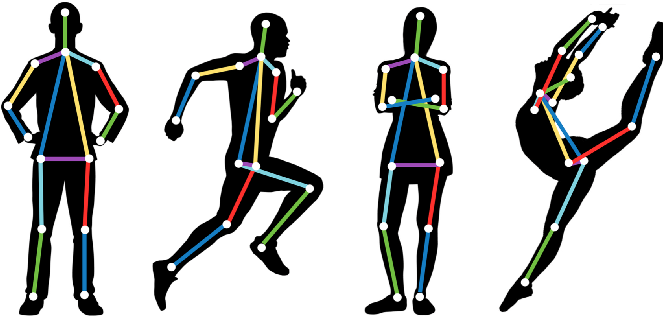In the realm of artificial intelligence and computer vision, pose estimate stands out as a transformative technology. It enables machines to perceive and understand human movement, thereby revolutionizing various industries from healthcare to entertainment. This unique capability of machines to interpret and analyze human poses is not just a breakthrough but a cornerstone for the future of human-machine interaction.
Understanding Pose Estimation
Pose estimation is the process of estimating the pose (position and orientation) of objects, typically humans, in images or videos. It involves identifying key points on a person’s body, such as joints and limbs, and calculating their positions and orientations. This information is crucial for understanding human movement, gestures, and activities.
Technological Advancements
Recent advancements in deep learning, particularly with the advent of convolutional neural networks (CNNs) and recurrent neural networks (RNNs), have significantly improved the accuracy and speed of pose estimation algorithms. These algorithms can now accurately estimate poses in real-time, even in complex environments with multiple people and varying backgrounds.
Applications Across Industries
- Healthcare: Pose estimation is transforming physical therapy and rehabilitation by providing precise feedback on patients’ movements. It helps therapists monitor progress remotely and ensure exercises are performed correctly.
- Sports and Fitness: In sports, pose estimation is used to analyze athletes’ techniques, track movements, and prevent injuries by identifying incorrect postures. In fitness, it powers virtual trainers and fitness apps that guide users through workouts.
- Retail and Marketing: Pose estimation enhances virtual try-on experiences, allowing customers to see how clothing fits and moves on their bodies without trying it on physically. It also enables targeted advertising by analyzing customer gestures and expressions.
- Entertainment and Gaming: In gaming and augmented reality (AR), pose estimation creates immersive experiences by allowing characters to mimic players’ movements. It also powers motion capture for animations and special effects in movies.
- Security and Surveillance: Pose estimation enhances security systems by detecting suspicious behaviors and identifying individuals based on their movements and gestures.
Challenges and Future Directions
While pose estimation has made significant strides, challenges remain, such as accurate estimation in crowded or poorly lit environments. Future research aims to improve robustness and scalability, making pose estimation applicable in more diverse scenarios.
